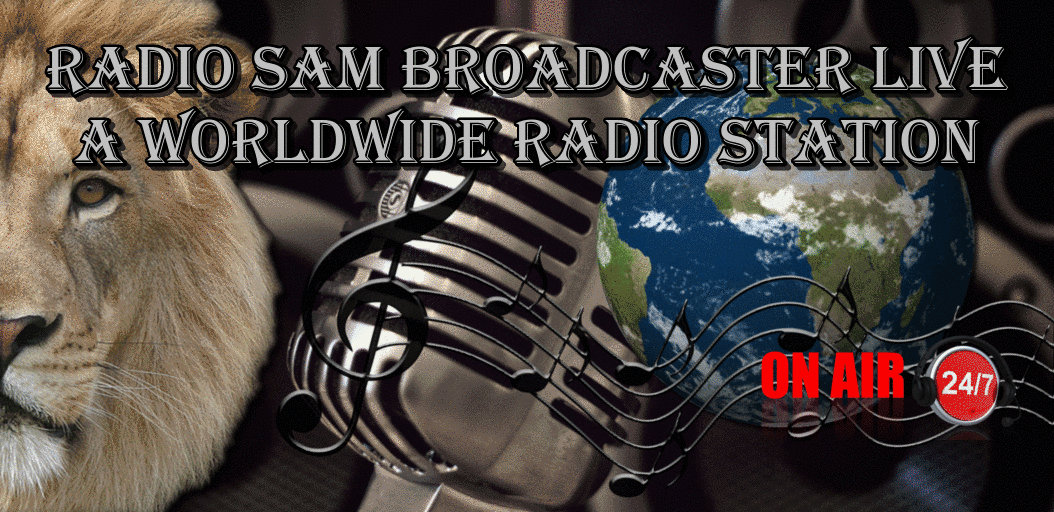
Afrikaans music was primarily influenced by Dutch folk styles, along with French and German influences, in the early twentieth century. Zydeco-type string bands led by a concertina were popular, as were elements of American country music, especially Jim Reeves. The most prolific composers of "tiekie draai" Afrikaans music were lyricist Anton De Waal who wrote many hit songs with songwriters, pianist Charles Segal ("Hey Babariebab Se Ding Is Vim", "Kalkoenjie", "Sy Kom Van Kommetjie" and many others) and accordionist, Nico Carstens. Bushveld music based on the Zulu were reinterpreted by such singers as Marais and Miranda. Melodramatic and sentimental songs called trane trekkers (tearjerkers) were especially common. In 1973, a country music song won the coveted SARI Award (South African Music Industry) for the Song of the Year – "My Children, My Wife" was written by renowned South African composer Charles Segal and lyricist Arthur Roos. In 1979 the South African Music scene changed from the Tranetrekkers to more lively sounds and the introduction of new names in the market with the likes of Anton Goosen, David Kramer (singer), Koos du Plessis, Fanie de Jager, Flaming Victory and Laurika Rauch. Afrikaans music is currently one of the most popular and best selling industries on the South African music scene. Waptrendz is a big collection of the Afrikaans music.
After World War I, Afrikaner nationalism spread and such musicians as Jewish pianist and composer Charles Segal and accordionist Nico Carstens were popular.Afrikaans is a West Germanic language spoken in South Africa, Namibia and, to a lesser extent, Botswana, Zambia and Zimbabwe. It evolved from the Dutch vernacular of Holland (Hollandic dialect spoken by the European (Dutch, French and German) settlers and their slaves in South Africa, where it gradually began to develop distinguishing characteristics in the course of the 18th century.It is considered to be a developed creole language. Afrikaans linguistics researchers maintain that Afrikaans, originally being a peasant language, is only partially creole.
Although Afrikaans has adopted words from other languages, including German and the Khoisan languages, an estimated 90 to 95% of the vocabulary of Afrikaans is of Dutch origin. Therefore, differences with Dutch often lie in the more analytic-type morphology and grammar of Afrikaans, and a spelling that expresses Afrikaans pronunciation rather than standard Dutch There is a large degree of mutual intelligibility between the two languages, especially in written form.
With about seven million native speakers in South Africa, or 13.5% of the population, it is the third-most-spoken language in the country. Estimates of the total number of Afrikaans speakers range between 15 and 23 million. It has the widest geographic and racial distribution of all the 11 official languages of South Africa, and is widely spoken and understood as a second or third language. It is the majority language of the western half of South Africa—the provinces of the Northern Cape and Western Cape—and the first language of 75.8% of Coloured South Africans (4.8 million people), 60.8% of White South Africans (2.7 million); 4.6% of Indian South Africans (58,000 people), and 1.5% of Black South Africans (600,000



No comments:
Post a Comment